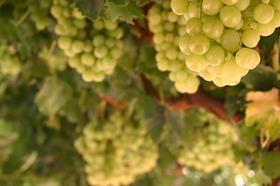
Australia’s horticultural exports are expected to increase from A$2.1bn in 2014/15 to A$2.2bn in 2020/21, according to the ABARES Outlook 2016 report.
The weak Australian dollar and newly signed free trade agreements with China, Japan and Korea will offer a boost to horticultural exports, as will the Trans Pacific Partnership once it comes into effect.
“There is a broad boom in demand for food products expected throughout the region over the coming decades, with opportunities assisted somewhat by trade agreements,” economist Saul Eslake said at the 46th ABARES Outlook Conference. “The agricultural sector has been doing better than the rest of the [Australian] economy in boosting productivity in recent years, and that needs to continue.”
Australia’s fruit and nut production is expected to grow from around A$3.7bn in 2015/16 to A$3.9bn in 2020/21.
Vegetable production is expected to increase from A$3.6b in 2013/14 to A$4.2b in 2020/21 on the back of expanding domestic market requirements and some increases in export demand.
In terms of imports, the majority of Australia’s horticultural imports have been processed, with just 30 per cent of fresh produce imports by value have been fresh.
“The value of fresh horticultural exports continues to exceed the value of fresh imports. Fresh horticultural exports were valued at $1.1bn, twice the value of fresh imports,” the report said.
Water availability has been flagged as one of the major issues affecting Australia’s horticultural production in years to come.



